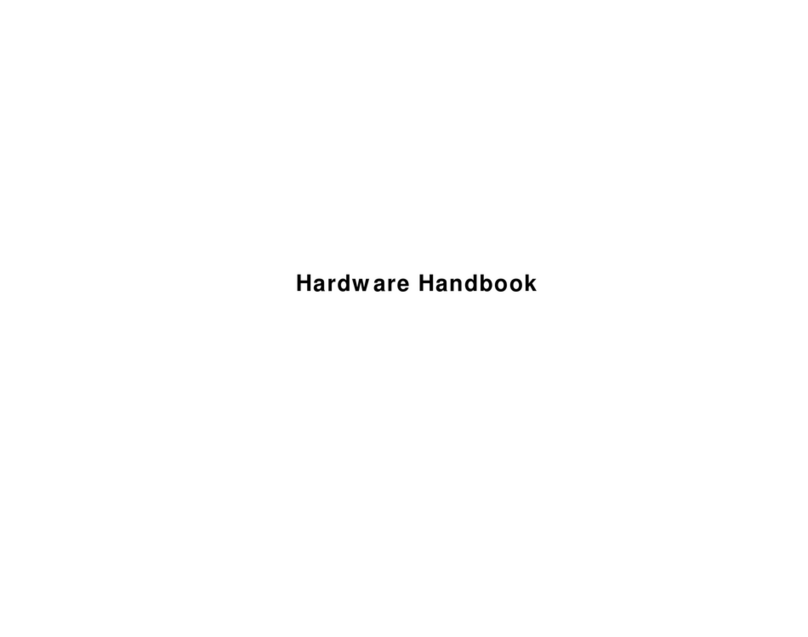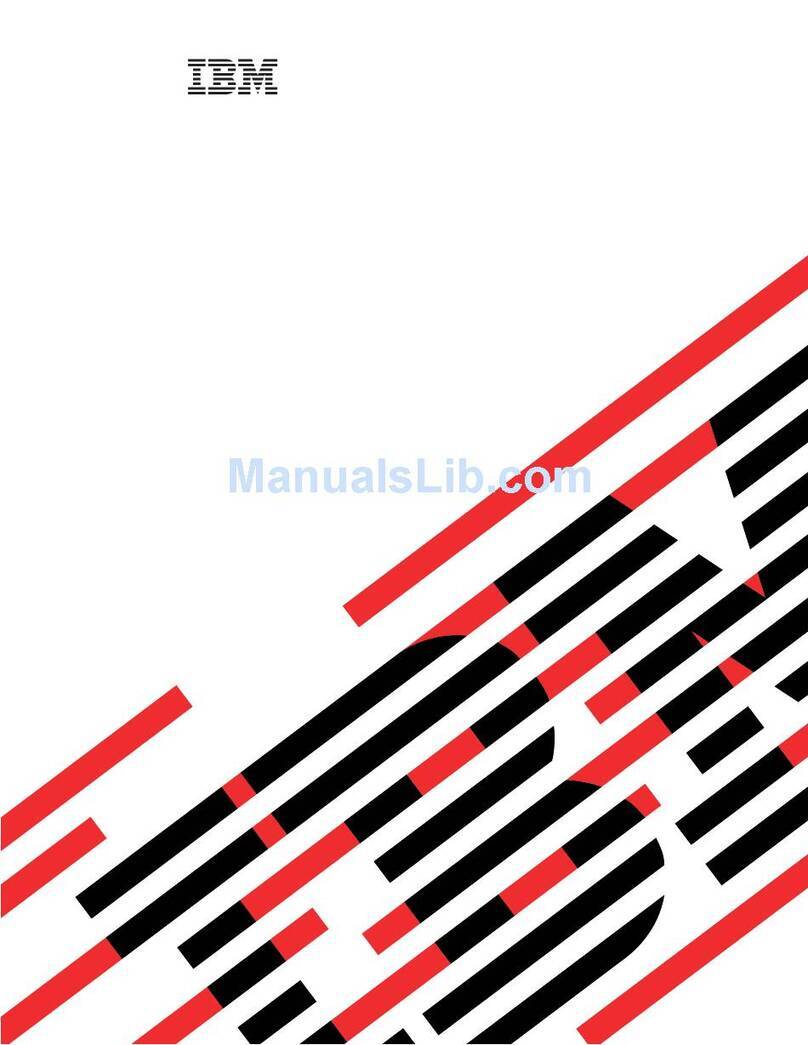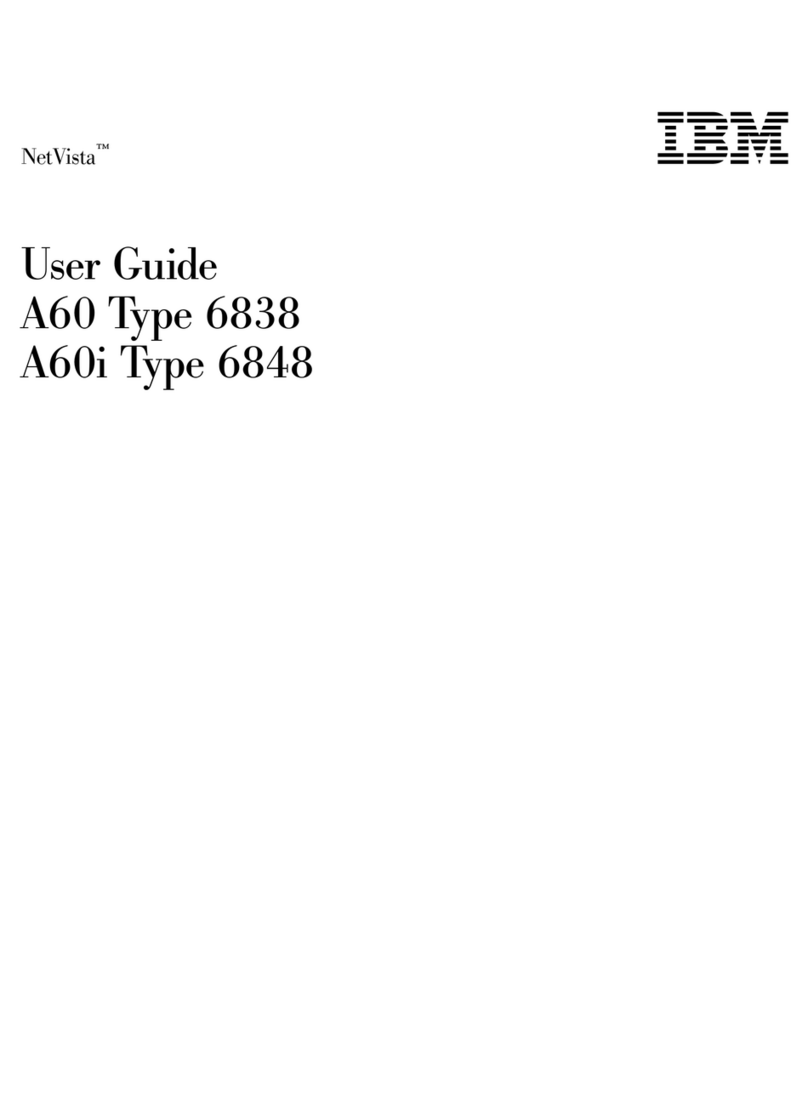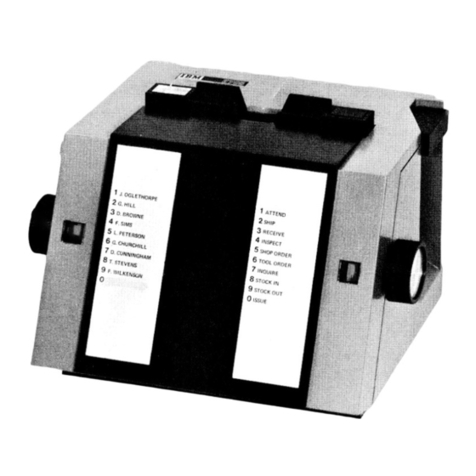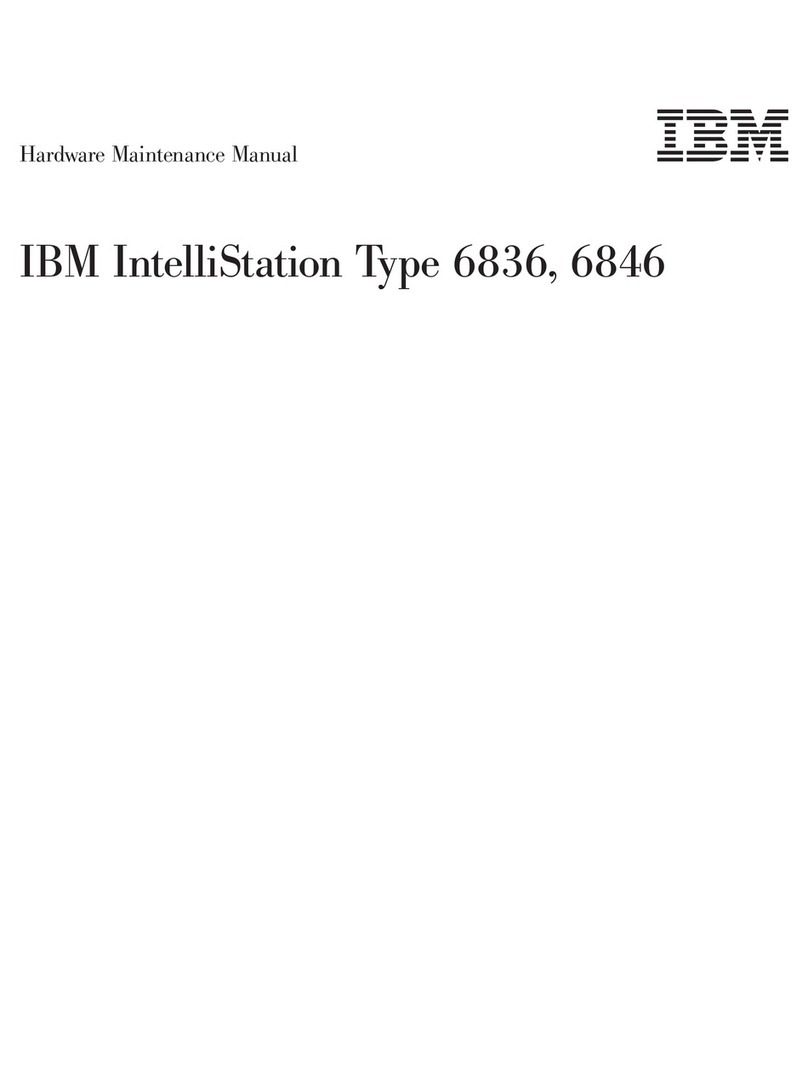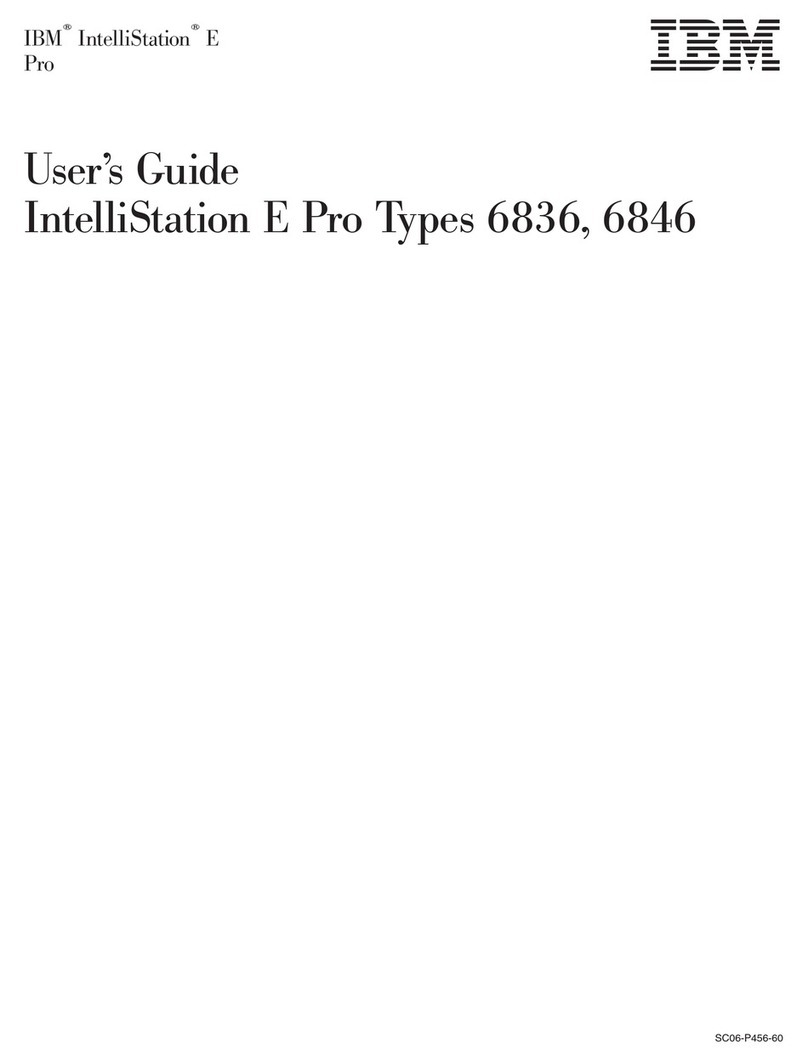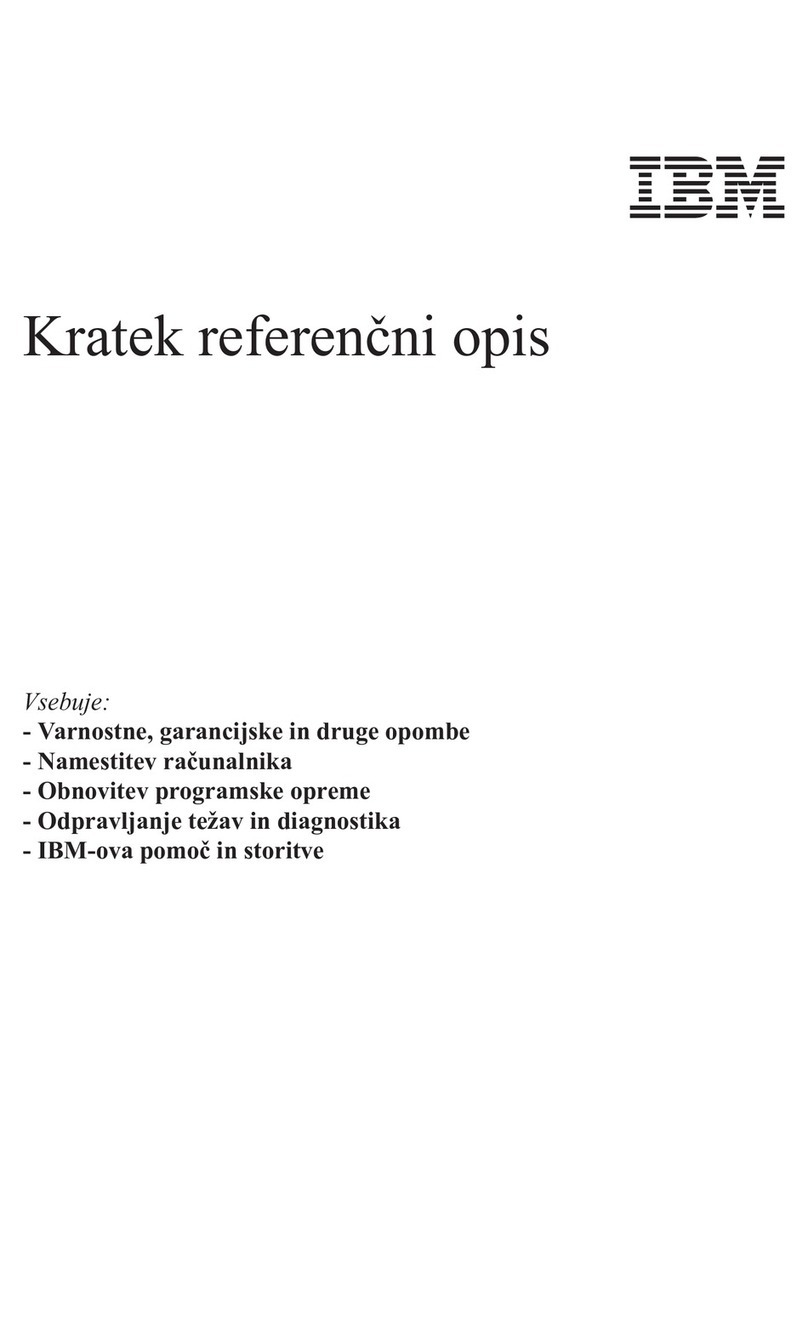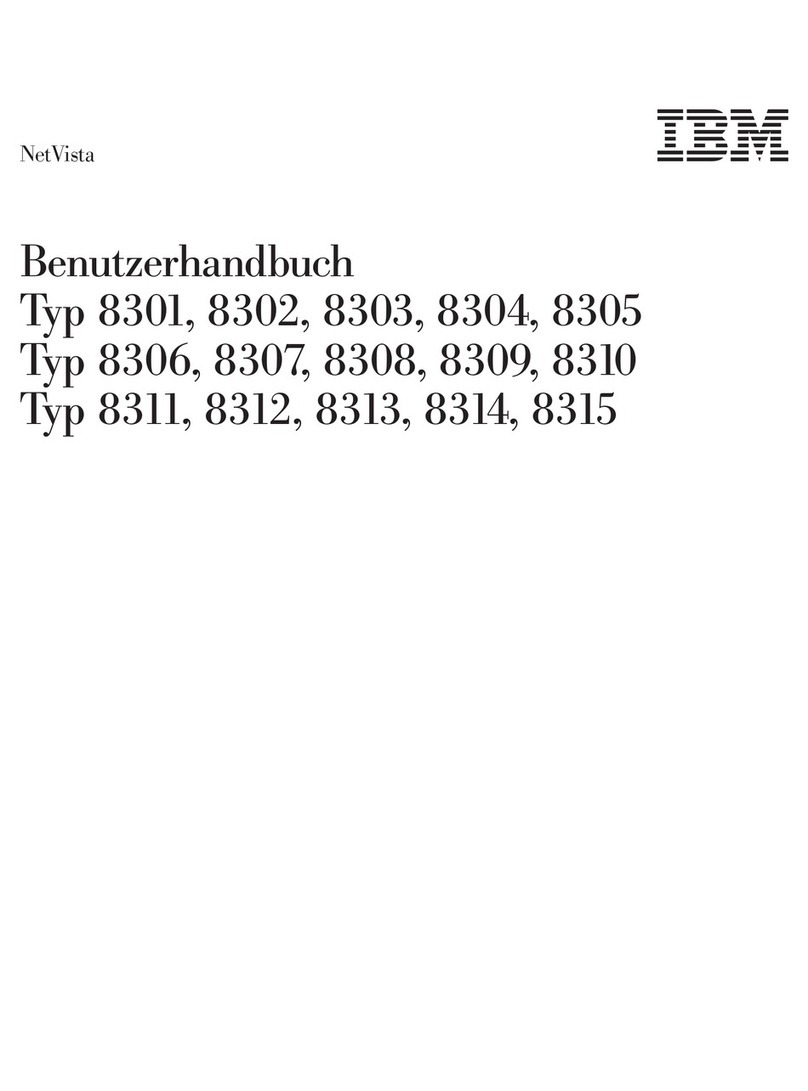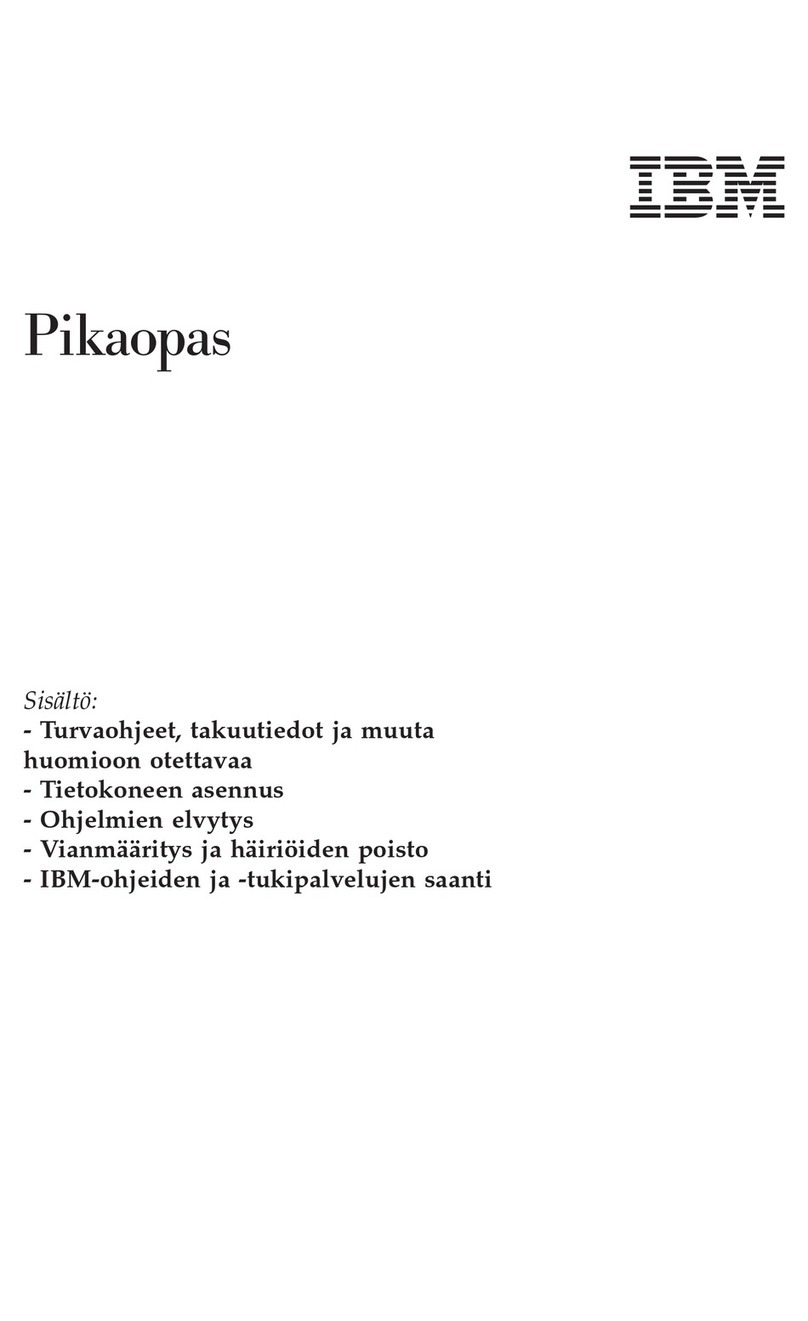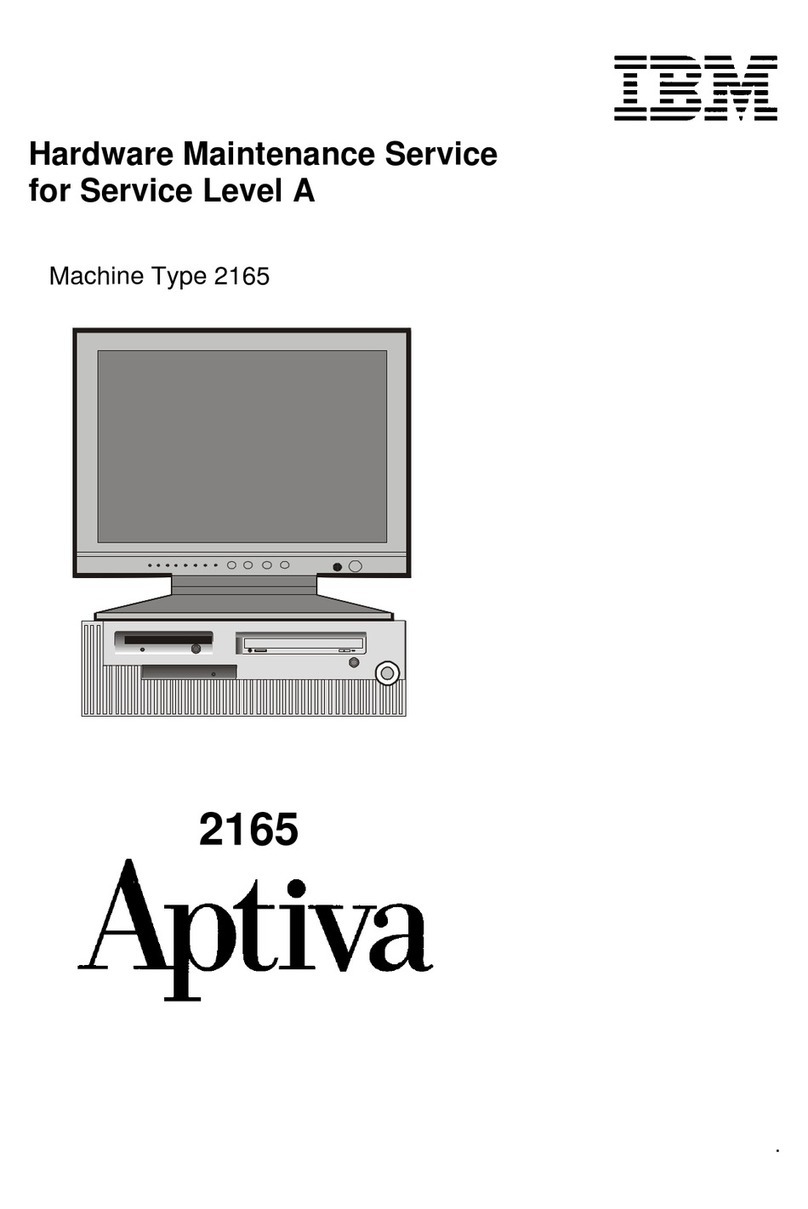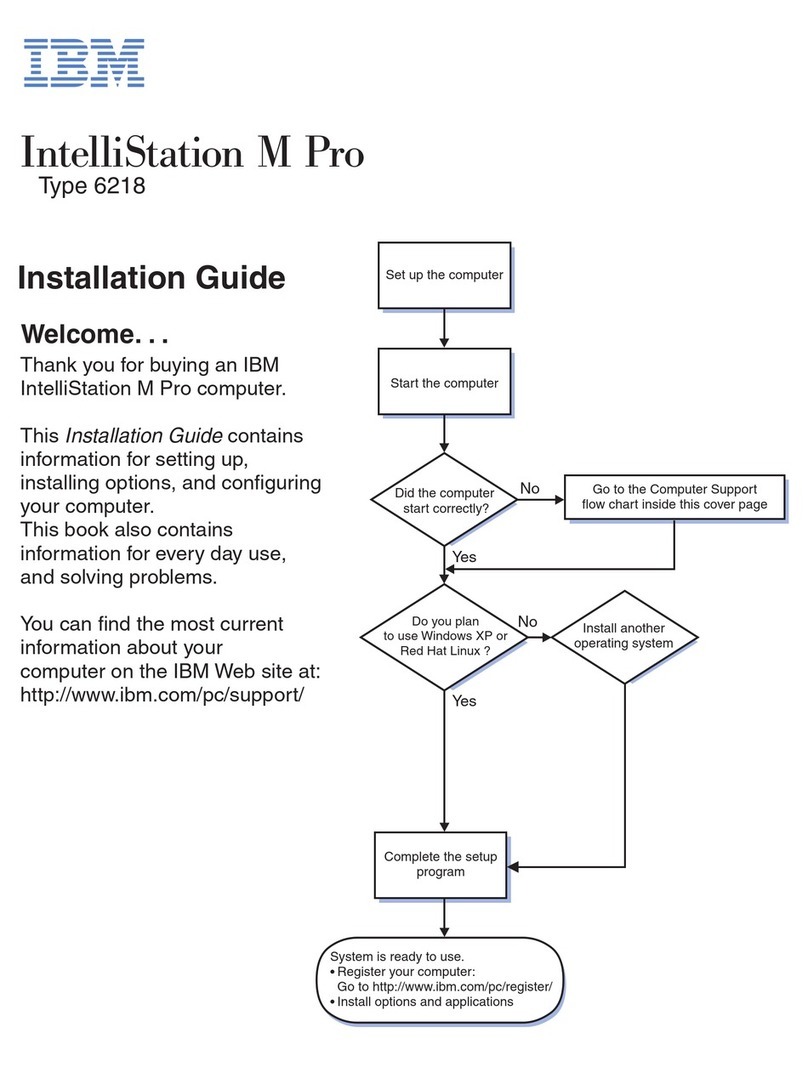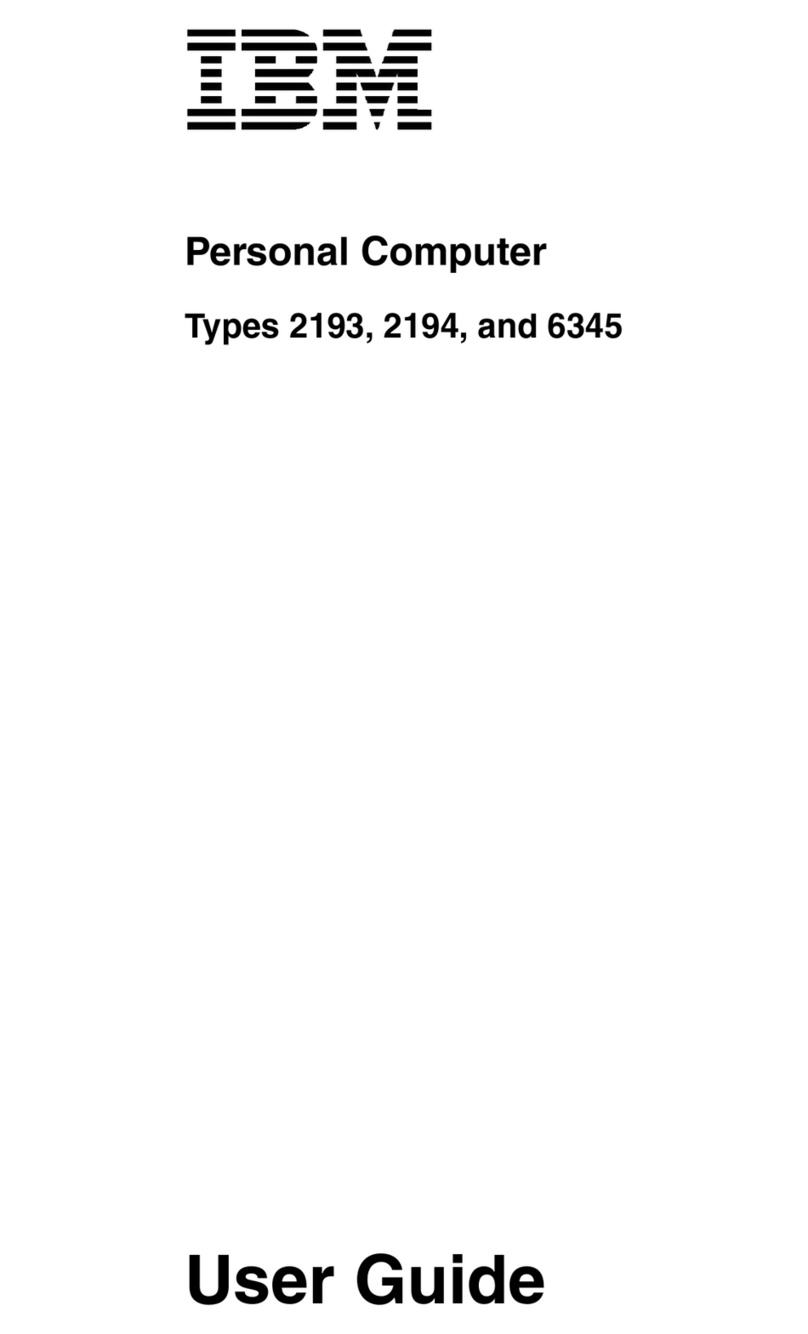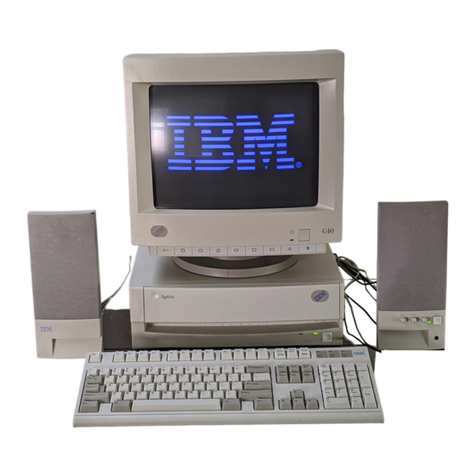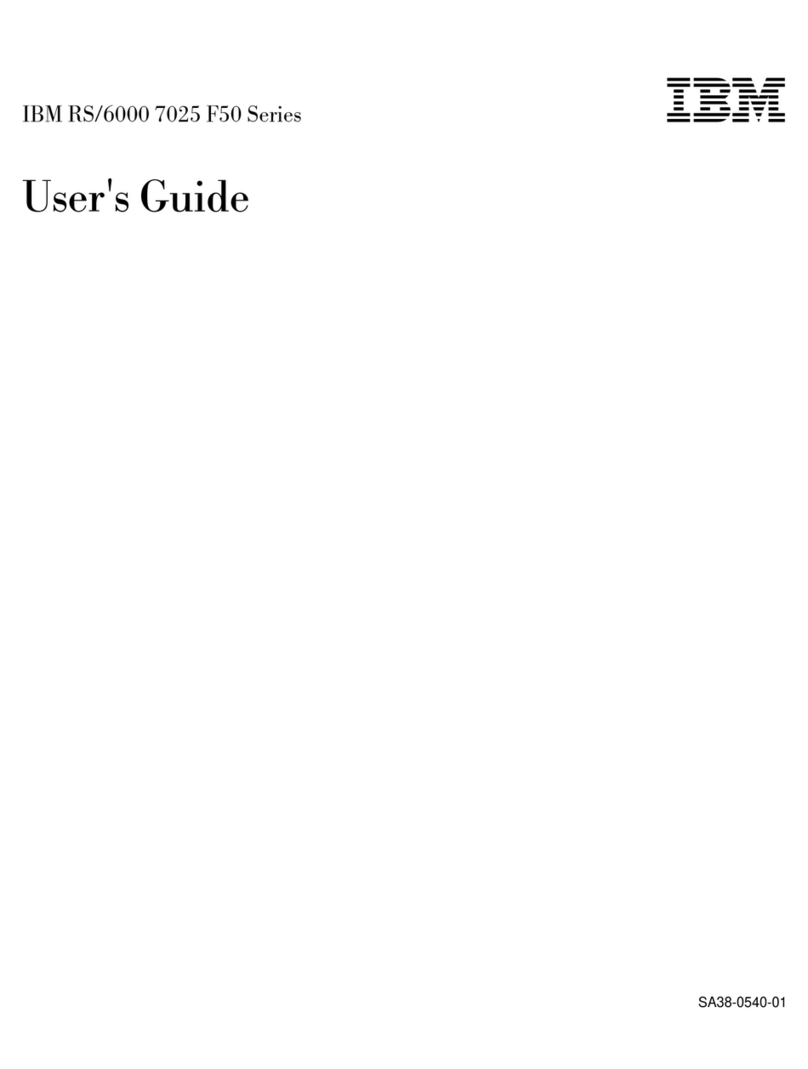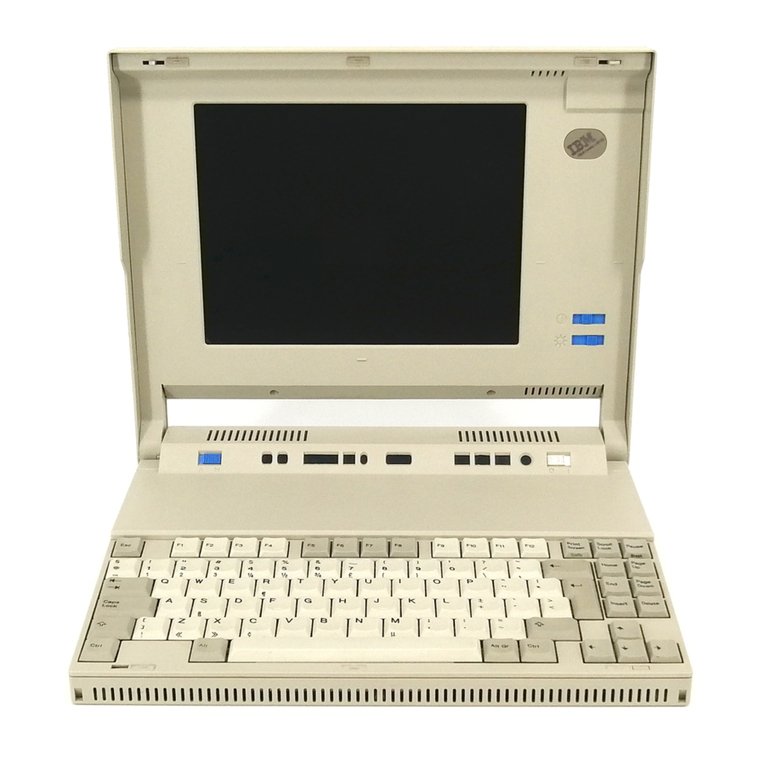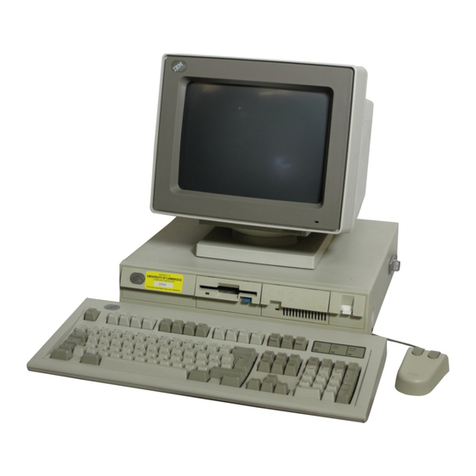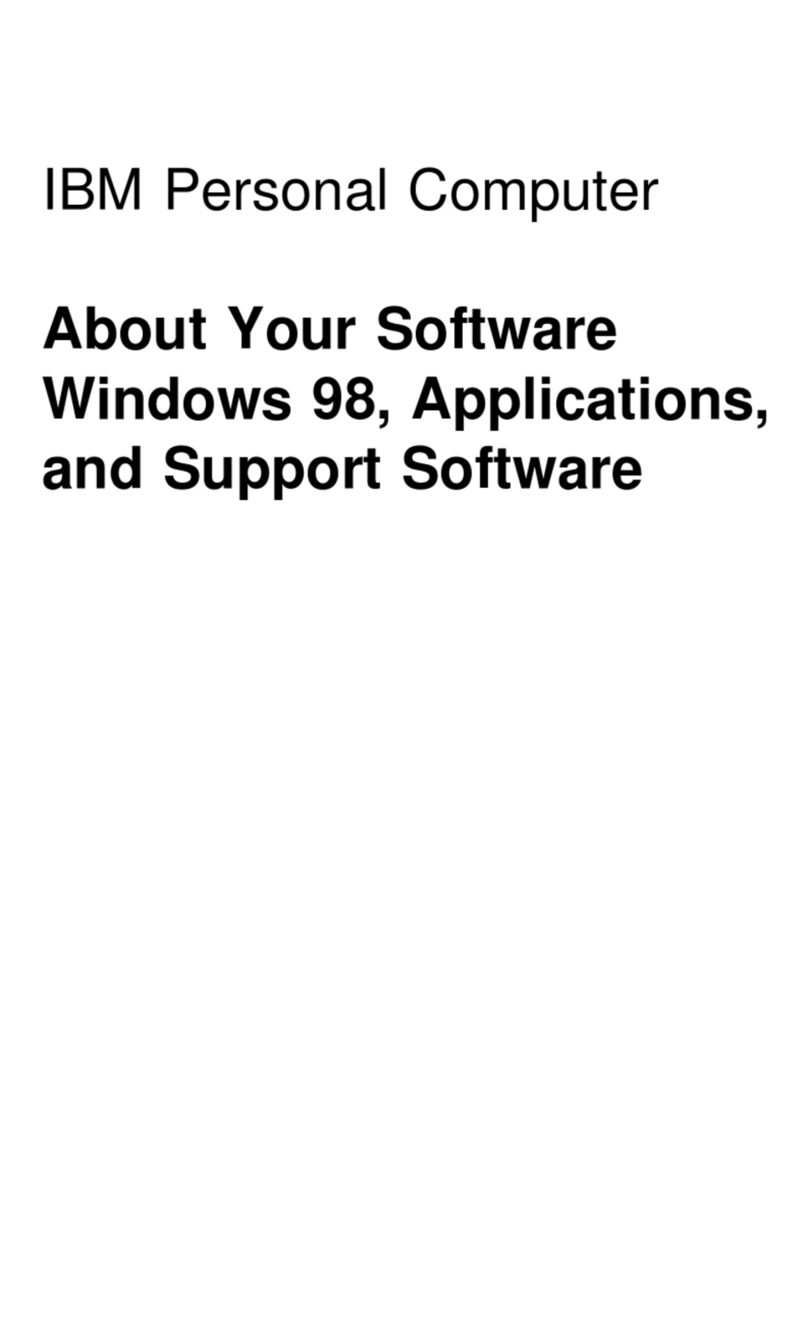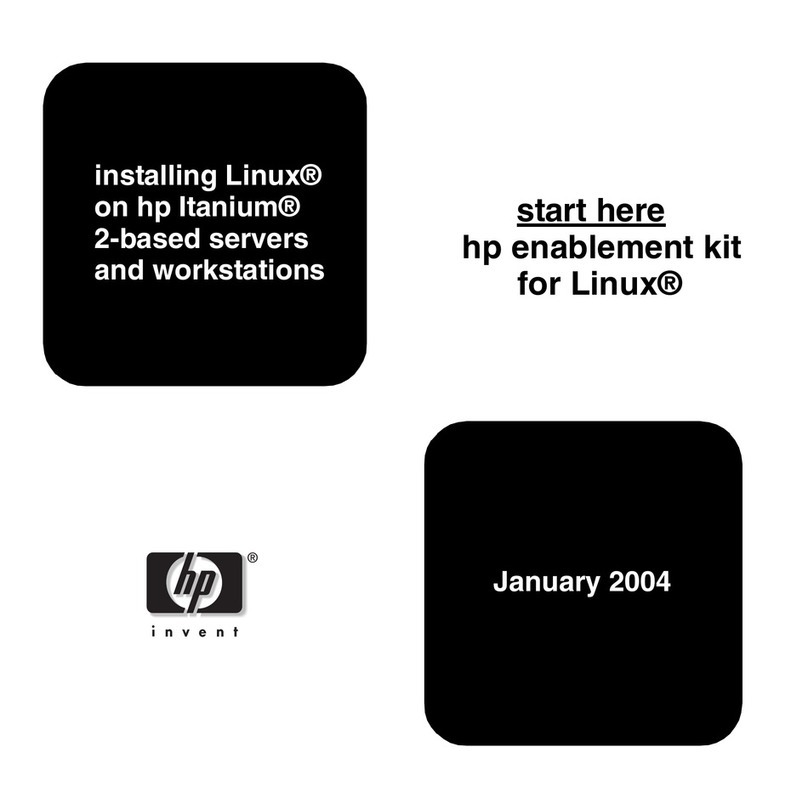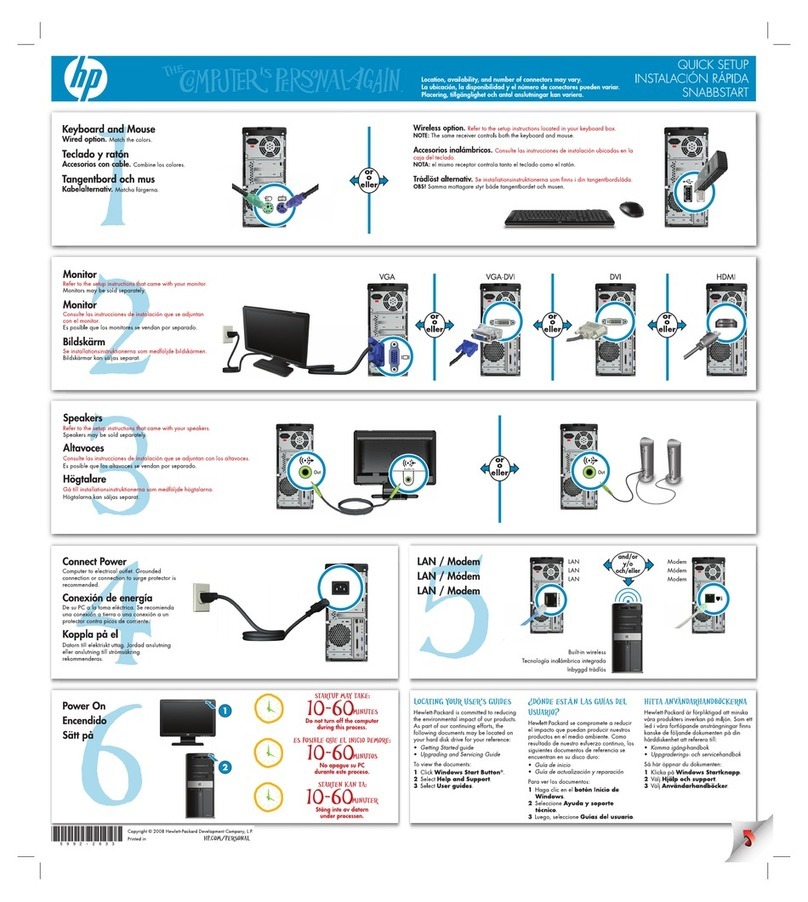
Figures
1-1. Characteristics of Logical Partitions ...................... 1-17
1-2. Migration of Four Production Systems to LPs .................. 1-19
1-3. Support for Three XRF Systems ....................... 1-19
1-4. CPU ID Format ............................. 1-22
1-5. CPU Identification Number Format ...................... 1-22
2-1. An ESCON Configuration that Can Benefit from Better Logical Path Management ..... 2-9
2-2. AShared ESCON Configuration that Can Benefit from Better Logical Path Management 2-10
2-3. Deactivating Unneeded Logical Partitions .................... 2-14
2-4. Configuring Offline Unneeded Channels or Shared Channels on an LP Basis....... 2-15
2-5. Defining Devices to aSubset of Logical Partitions ................. 2-17
2-6. Defining Devices to aSubset of Logical Partitions ................. 2-18
2-7. Using the ESCD to Manage Logical Paths by Prohibiting Dynamic Connections...... 2-20
2-8. Progression of Busy Condition Management Improvements ............. 2-22
2-9. Consolidating ESCON Channels and ESCON Control Unit Ports ........... 2-24
2-10. Consolidating ESCON Channels and ESCD Ports................. 2-25
2-11. Consolidating ESCON Channels Used for ESCON CTC Communications ........ 2-26
2-12. Shared Devices Using Shared ESCON Channels ................. 2-31
2-13. Physical Connectivity of Shared Device 190 ................... 2-32
2-14. Logical View of Shared Device 190 ...................... 2-33
2-15. LPAR Configuration with Duplicate Device Numbers ................ 2-34
2-16. Duplicate Device Numbers for Console..................... 2-35
2-17. Two Examples of Duplicate Device Number Conflicts ............... 2-36
2-18. Example of aPrepare for Enhanced Book Availability Results Panel .......... 2-68
2-19. Reassign Non-Dedicated Processors Panel ................... 2-70
3-1. Central Storage Layout .......................... 3-14
3-2. Reconfigured Central Storage Layout ..................... 3-15
3-3. Initial Central Storage Layout ........................ 3-16
3-4. Central Storage Layout Following Reconfiguration................. 3-17
3-5. Initial Central Storage Layout ........................ 3-18
3-6. Central Storage Layout Following Reconfiguration................. 3-19
3-7. Expanded Storage Layout ......................... 3-20
3-8. Reconfigured Expanded Storage Layout .................... 3-21
3-9. Expanded Storage Layout ......................... 3-22
3-10. Initial Central Storage Layout ........................ 3-23
3-11. Initial Expanded Storage layout ....................... 3-23
3-12. Central Storage Layout Following Reconfiguration................. 3-24
3-13. Expanded Storage Layout Following Reconfiguration................ 3-25
3-14. Backup Partition Layout Before Nonspecific Deactivation .............. 3-27
3-15. Backup Partition Layout After Nonspecific Deactivation ............... 3-27
3-16. Options Page, Reset Profile ......................... 3-57
3-17. Partitions Page, Reset Profile ........................ 3-59
3-18. General Page, Image Profile ........................ 3-60
3-19. Time Offset, Image Profile ......................... 3-61
3-20. ESA Mode Logical Partition with shared Central Processors (CPs), Integrated Facilities for
Applications (IFAs) and System z9 Integrated Information Processors (zIIPs) ....... 3-63
3-21. Customization for aLinux-Only Mode Logical Partition with shared Integrated Facilities for
Linux (IFLs). There can be both an initial and reserved specification for the IFLs. ..... 3-64
3-22. Customization for aCoupling Facility Mode Logical Partition with Dedicated Internal Coupling
Facilities (ICFs) and shared Central Processors. There can be both an initial and reserved
specification for the ICFs and the Central Processors. ............... 3-65
3-23. Security Page, Image Profile ........................ 3-69
3-24. Options Page, Image Profile......................... 3-71
3-25. Storage Page, Image Profile......................... 3-73
©Copyright IBM Corp. 2005, 2008 vii
||
||
